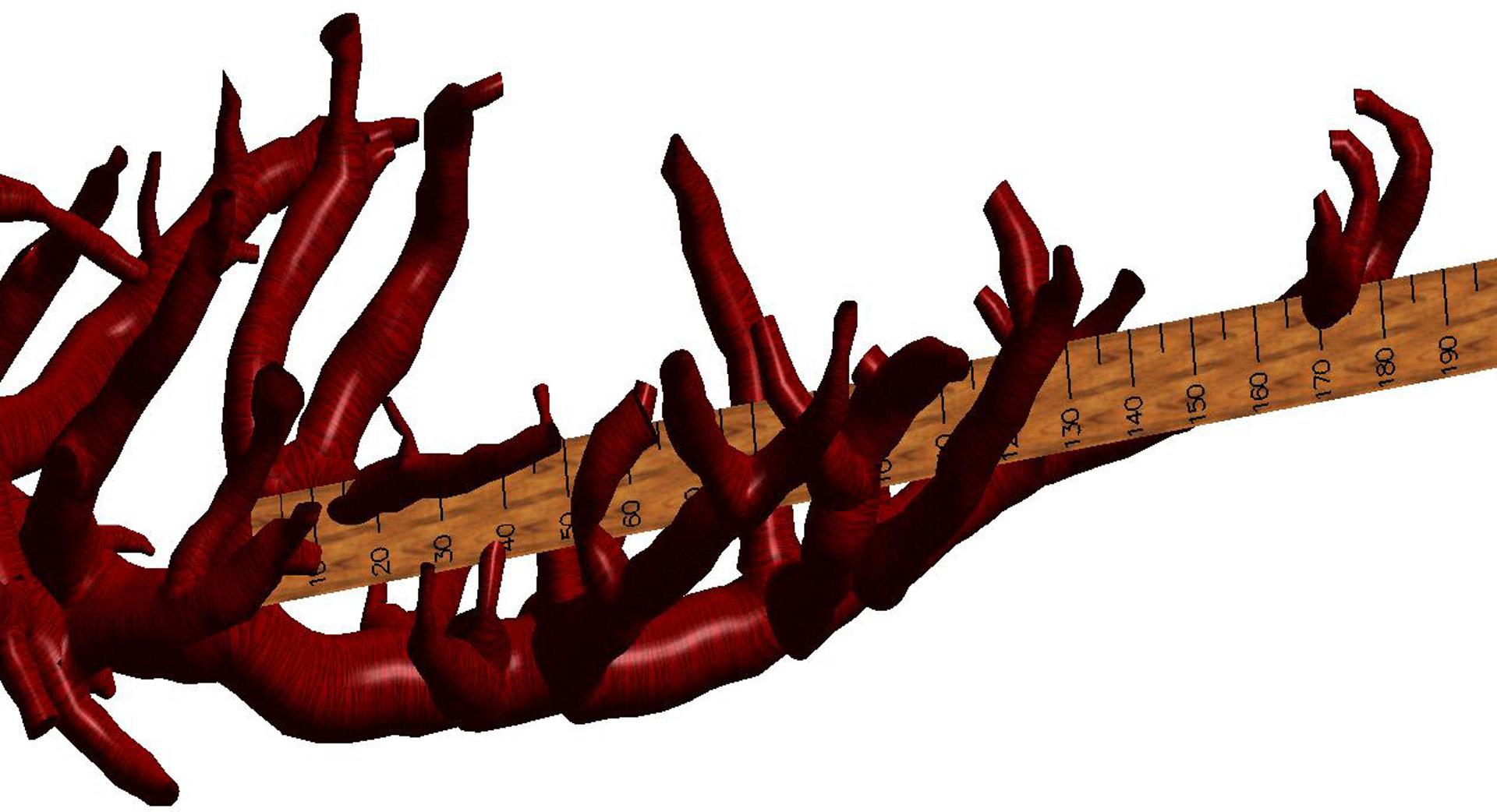“The Vasculature of the Heart: An Interactive Guided Tour” by Wischgoll, Moritz and Meyer
Conference:
Type(s):
Entry Number: 114
Title:
- The Vasculature of the Heart: An Interactive Guided Tour
Presenter(s)/Author(s):
Abstract:
Coronary heart disease (CHD) is the number one killer in the United States. Although it is well known that CHD mainly occurs due to blocked arteries, there are contradictory studies about what the basic cause for this disease is. To find out more about the true reason for CHD, virtual models can help to better understand the way the heart functions. With such a model, scientists and surgeons are able to analyze the effects of different treatment options, and ultimately find more appropriate ways to prevent coronary heart diseases. To aid in this endeavor, a geometric model of the vascular system of the heart has been developed, which considers vessels of different sizes, including even the very complex capillary level of the arteries.
To effectively explore and interpret a cardiovascular tree, the dataset needs to be displayed both from a global point of view (overview map) and from an interior point of view (fly-through mode). Different views of the same tree provide a variety of geometrical and structural information. Being able to switch between an external and an internal view of the vascular structure or being able to observe both views simultaneously enables the user to efficiently accomplish a variety of data exploration tasks including locating a feature by navigating to a particular region of interest and taking measurements of the data. The exterior view of the tree allows for a global examination and measurement of individual features, such as distances, while an interactive, guided or free fly-through provides detailed information about the interior of the cardiovascular structure, for example bifurcation angles and diameters of vessels.
Keyword(s):
- Cardiovascular
- Biomedical Visualization
- Geometry Reconstruction
- virtual reality
- Navigation
- Fly-Through Mode
Acknowledgements:
This work was sponsored in part by the National Institute of Mental Health (NIMH) through a subcontract with the Center for Neuroscience at the University of California, Davis (award no. 5 P20 MH60975), by the National Partnership for Advanced Computational Infrastructure (NPACI), Interaction Environments (IE) Thrust (award no. 10195430 00120410), and by the Department of Biomedical Engineering in the Henry Samueli School of Engineering at the University of California, Irvine. The authors gratefully acknowledge Ghassan S. Kassab and Benny Kaimovitz of the Cardiovascular Biomechanics Laboratory at the University of California, Irvine, for providing the data sets.





